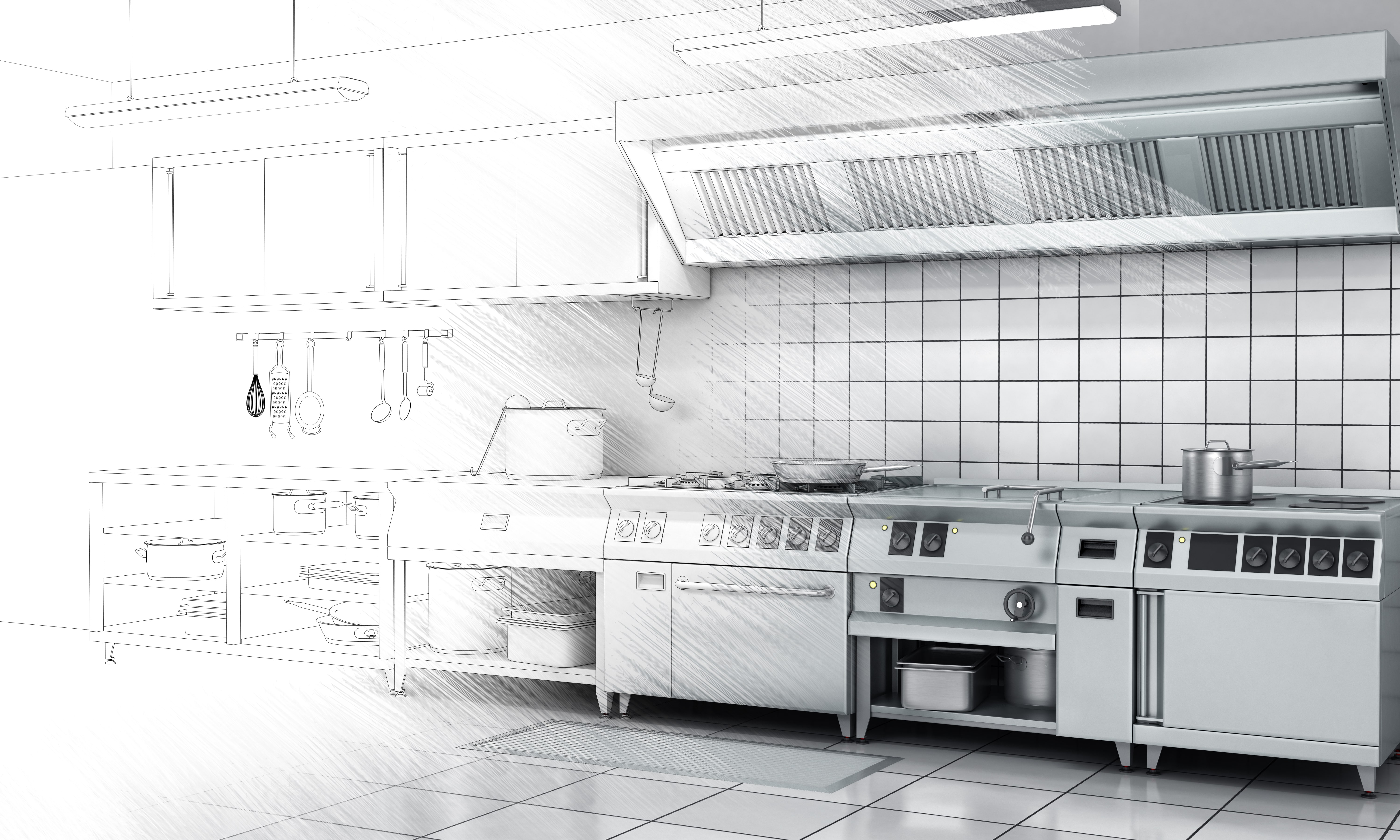
“Creativity is contagious; pass it on” – Albert Einstein
The ability to resolve issues and test concepts by sketching before jumping straight to the computer in the future will be what separates the consultant from those who use a kitchen design CAD package to quickly produce a smart looking drawing in 3D to impress the client and make it easier to cost what will be a formula based design.
The considerable benefit to the consultant of using sketches before taking the design process to the computer during all stages of design and documentation is that it enables the designer to explore and test ideas and frequently save computer reworking time. It is a powerful process to use because it can quickly help to discover the best ideas and solutions to a design problem.
But if this is so, why do so few of our young CAD designers jump straight on to the computer when a quick sketch is a much quicker and easier way to start? Maybe one reason is that they’ve never been shown the benefit as well as the creative satisfaction of using a pencil to sketch an idea.
A place to start
The initial planning and stage of the design is the most obvious and regularly applied use of sketching because it is difficult to imagine a complex design on a blank piece of paper and even more so, on a blank screen. But often that’s where the sketching input process stops.
As a consequence a CAD designer will be working on a small section of the project on the screen making decisions on details without the benefit of resolving relationship or workflow issues with a sketch or the overall plan. This often results in doors swinging dangerously in the wrong direction or equipment that could have been better placed, which inevitably results in a rework when the flaw is finally discovered.
Thinking on paper with an old fashioned pencil or marker will always be the place to start even when resolving specific details during all stages through the project design and documentation process. Resolving workflows by sketching relationship diagrams followed by tracing flow patterns over an existing layout and sketching the process flow over the final plan layout can all be an essential proofing of the final concept.
It has to be far better to have resolved all the design issues through regular quick sketches well before you complete documentation than to discover a major design flaw close to the completion deadline.
On a number of occasions in the past, a client has requested the review of a design that they were unhappy with but didn’t exactly know why. The process used (once during an international flight) was to work over the plan with markers to identify the (flawed) flow and (missing) features and then over a clean original plan layout to reconstruct the design using a contrasting marker to test the resolved possibilities as well as to be able to explain the issues to the client: no keyboard required, just a pencil and marker pen(s).
Clearly record the image in your head
While it is not necessary to have great drawing skills or even be an artist to be able to crystallise an idea on paper before it is committed to the digital representation, what is required is for the sketch, however loose, to clearly record the image that is in your head.
You only have to be able to produce fast and rough sketches, not worry about the aesthetics, to focus on the rapid formulation of the idea. Because sometimes these sketches will resemble a jumble of lines as you work through the process it is a good idea to have the final resolved impressions clearly marked for future reference.
When the use of sketching becomes a regular part of the design process, team members can review their ideas to compare and consolidate the best ideas. In this case all the teams individual sketches can be compared and the feedback brainstormed using post-it notes and other tools to provide comments which can then be collectively reviewed to deliver a truly tested result; again, no computer required.
In all cases, where sketches have been used to resolve a design detail, they should be scanned and kept in the project file as a useful reference in the future for how a particular issue was resolved. This way they can also be used to guide future young designers and encourage their interest in the sketch design process.
The tools required for sketching will offer a significant cost benefit to all that provide and use them.
Tim Smallwood FFCSI

